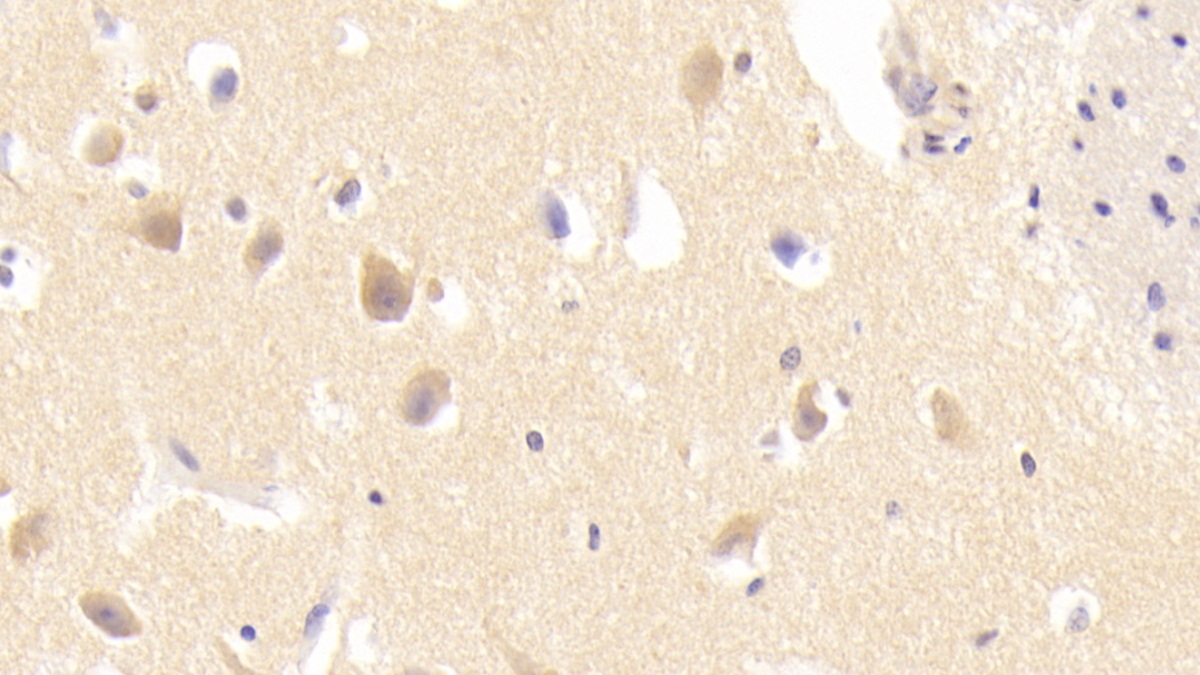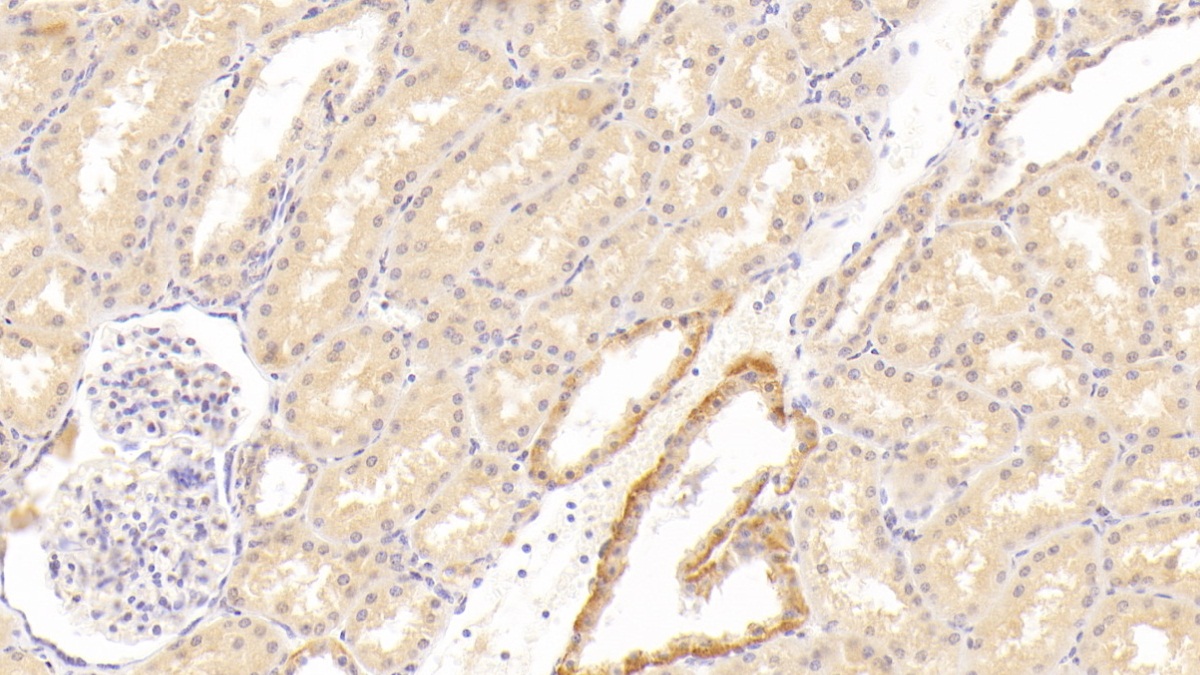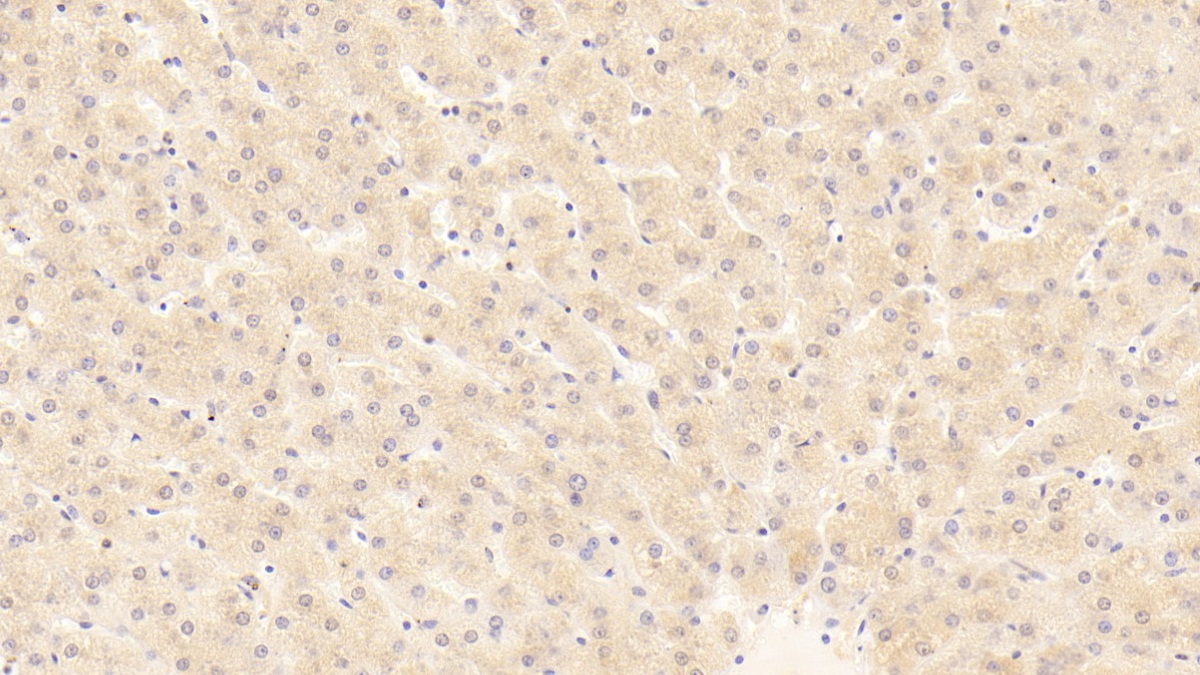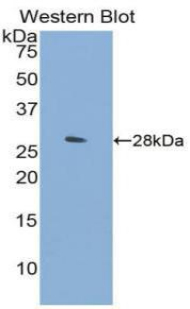Polyclonal Antibody to Hepatocyte Growth Factor (HGF) 

HGF; F-TCF; HGFB; HPTA; SF; Scatter Factor; Hepapoietin A; Fibroblast-Derived Tumor Cytotoxic Factor; Lung Fibroblast-Derived Mitogen
Overview
Properties
- Product No.PAA047Hu03
- Organism SpeciesHomo sapiens (Human) Same name, Different species.
- ApplicationsIHC
If the antibody is used in flow cytometry, please check FCM antibodies.
Research use only - DownloadInstruction Manual
- CategoryCytokineTumor immunityHepatology
- SourcePolyclonal antibody preparation, Host Rabbit
- Ig Type IgG, Potency n/a
- PurificationAntigen-specific affinity chromatography followed by Protein A affinity chromatography
- LabelNone
- Immunogen n/a
- Buffer FormulationPBS, pH7.4, containing 0.01% SKL, 1mM DTT, 5% Trehalose and Proclin300.
- TraitsLiquid, Concentration 500µg/mL
Sign into your account
Share a new citation as an author
Upload your experimental result
Review

Contact us
Please fill in the blank.
Specifity
The antibody is a rabbit polyclonal antibody raised against HGF. It has been selected for its ability to recognize HGF in immunohistochemical staining and western blotting.
Usage
Western blotting: 0.2-2µg/mL;1:250-2500
Immunohistochemistry: 5-20µg/mL;1:25-100
Immunocytochemistry: 5-20µg/mL;1:25-100
Optimal working dilutions must be determined by end user.
Storage
Store at 4°C for frequent use. Stored at -20°C in a manual defrost freezer for two year without detectable loss of activity. Avoid repeated freeze-thaw cycles.
Stability
The thermal stability is described by the loss rate. The loss rate was determined by accelerated thermal degradation test, that is, incubate the protein at 37°C for 48h, and no obvious degradation and precipitation were observed. The loss rate is less than 5% within the expiration date under appropriate storage condition.
Giveaways
Increment services
-
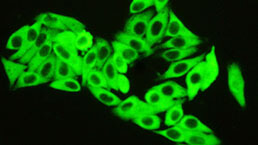 Antibody Labeling Customized Service
Antibody Labeling Customized Service
-
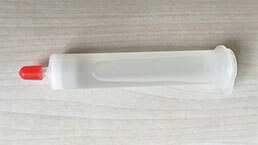 Protein A/G Purification Column
Protein A/G Purification Column
-
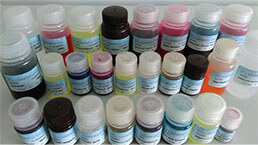 Staining Solution for Cells and Tissue
Staining Solution for Cells and Tissue
-
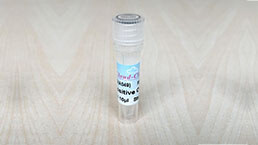 Positive Control for Antibody
Positive Control for Antibody
-
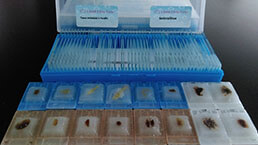 Tissue/Sections Customized Service
Tissue/Sections Customized Service
-
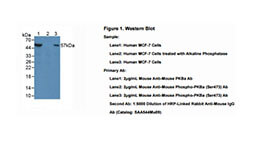 Phosphorylated Antibody Customized Service
Phosphorylated Antibody Customized Service
-
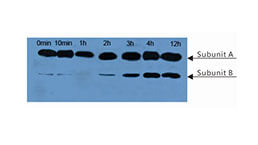 Western Blot (WB) Experiment Service
Western Blot (WB) Experiment Service
-
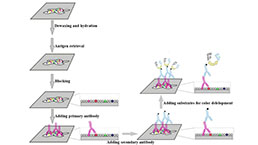 Immunohistochemistry (IHC) Experiment Service
Immunohistochemistry (IHC) Experiment Service
-
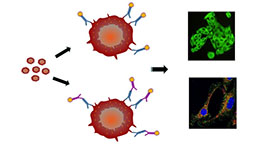 Immunocytochemistry (ICC) Experiment Service
Immunocytochemistry (ICC) Experiment Service
-
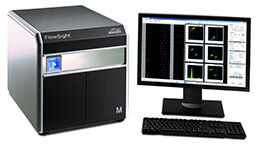 Flow Cytometry (FCM) Experiment Service
Flow Cytometry (FCM) Experiment Service
-
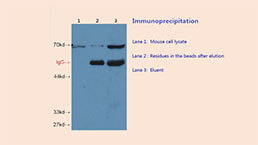 Immunoprecipitation (IP) Experiment Service
Immunoprecipitation (IP) Experiment Service
-
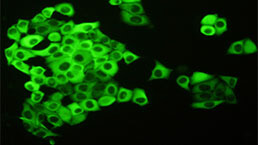 Immunofluorescence (IF) Experiment Service
Immunofluorescence (IF) Experiment Service
-
 Buffer
Buffer
-
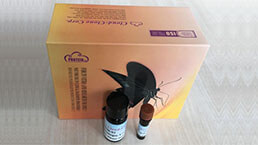 DAB Chromogen Kit
DAB Chromogen Kit
-
 SABC Kit
SABC Kit
-
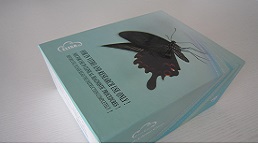 Long-arm Biotin Labeling Kit
Long-arm Biotin Labeling Kit
-
 Real Time PCR Experimental Service
Real Time PCR Experimental Service
Citations
- Sphingosine kinase-1 protects transplanted mesenchymal stem cells and improves the performance of the infarcted heartLWW: 01000
- Low temperature of radiofrequency ablation at the target sites can facilitate rapid progression of residual hepatic VX2 carcinomaBioMed: 14795876
- Gene Transfer of c-met Confers Protection Against d-Galactosamine/Lipopolysaccharide-Induced Acute Liver FailureSpringerLink: k22823l138x2344x
- Correlation Between Hepatocyte Growth Factor (HGF) and Gamma-Aminobutyric Acid (GABA) Plasma Levels in Autistic ChildrenPubMed: PMC3694825
- Decreased Hepatocyte Growth Factor (HGF) and Gamma Aminobutyric Acid (GABA) in Individuals with Obsessive-Compulsive Disorder (OCD)PubMed: PMC3762604
- BMSCs reduce rat granulosa cell apoptosis induced by cisplatin and perimenopausePubMed: PMC3640998
- Effect of Mesenchymal Stem Cells on Doxorubicin-Induced FibrosisPubMed: PMC3584430
- Proinflammatory Cytokines (IL-1α, IL-6) and Hepatocyte Growth Factor in Patients with Alcoholic Liver CirrhosisPubMed: 26448742
- Hypoxia-induced secretion of IL-11 from adipose-derived mesenchymal stem cell promotes growth and cancer stem cell properties of Burkitt lymphomaPubMed: 26695151
- Cell type–dependent variation in paracrine potency determines therapeutic efficacy against neonatal hyperoxic lung injuryPubMed: 25863963
- Silymarin-loaded Eudragit® RS100 nanoparticles improved the ability of silymarin to resolve hepatic fibrosis in bile duct ligated ratsPubmed:27261582
- Piceatannol increases the expression of hepatocyte growth factor and IL-10 thereby protecting hepatocytes in thioacetamide-induced liver fibrosisPubmed:27186801
- Changes in growth factor levels in the cerebrospinal fluid of autism patients after transplantation of human umbilical cord blood mononuclear cells and umbilical cord-derived mesenchymal stem cellsPubmed:27323064
- Changes in HGF levels after a progressive test before and after Tabata HIIT programprofile:Pawel_Wolanski3
- Effects of low-intensity pulsed ultrasound (LIPUS)-pretreated human amnion-derived mesenchymal stem cell (hAD-MSC) transplantation on primary ovarian insufficiency in rats10.1186/s13287-017-0739-3
- Carcinoma associated fibroblasts derived from oral squamous cell carcinoma promote lymphangiogenesis via c‑Met/PI3K/AKT in vitro10.3892/ol.2017.7301
- Overexpression of c-Met in bone marrow mesenchymal stem cells improves their effectiveness in homing and repair of acute liver failure.pubmed:28679425
- Pulmonary pericytes regulate lung morphogenesisPubmed:29934496
- Interleukin-1 receptor antagonist-mediated neuroprotection by umbilical cord-derived mesenchymal stromal cells following transplantation into a rodent stroke …Pubmed:29650950
- Carcinoma associated fibroblasts derived from oral squamous cell carcinoma promote lymphangiogenesis via c-Met/PI3K/AKT in vitroPubmed:29375714
- Dynamics of Expression of Cytokine Genes and Macrophage Content in the Lungs and Kidneys after Subtotal Hepatectomy in RatsPubmed:29796817
- Inherent control of hepatocyte proliferationInherent control of hepatocyte proliferation after subtotal liver resectionPubmed: 31297922
- What is the Best Degree of Hyaluronic Acid Crosslinking in Increasing Growth Factors Level of Platelet-Rich Fibrin Lysate?Pubmed: 31239605
- Efficacy of autologous bone marrow mononuclear cell transplantation in dogs with chronic spinal cord injuryPubmed: 32821665
- Prospects on the Potential In Vitro Regenerative Features of Mechanically Treated-Adipose Tissue for Osteoarthritis Care33469783
- Umbilical cord-derived mesenchymal stem cell conditioned medium reverses neuronal oxidative injury by inhibition of TRPM2 activation and the JNK signaling …Pubmed:35585377





